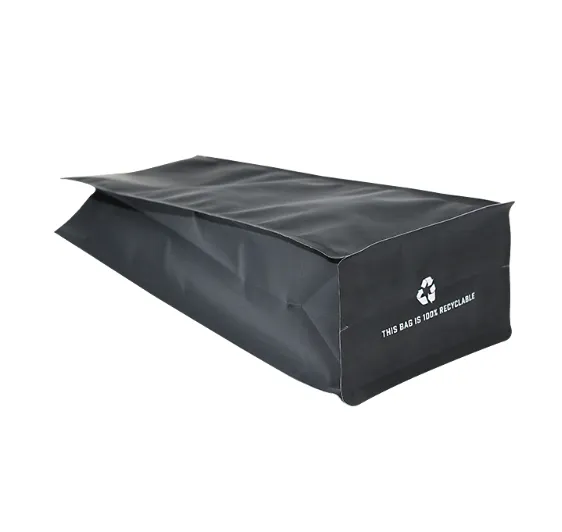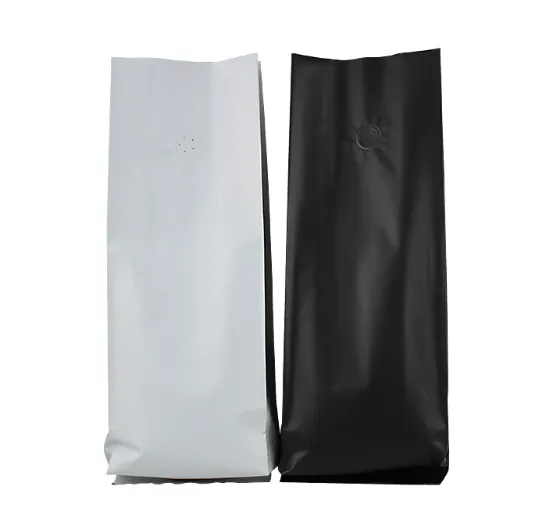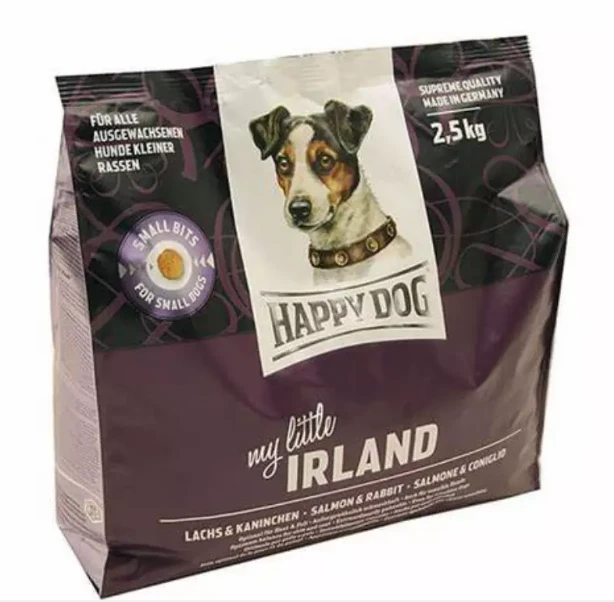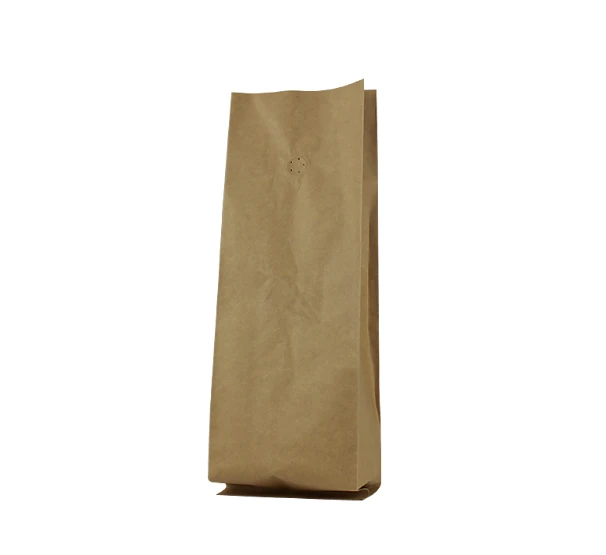- Afrikaans
- Albanian
- Amharic
- Arabic
- Armenian
- Azerbaijani
- Basque
- Belarusian
- Bengali
- Bosnian
- Bulgarian
- Catalan
- Cebuano
- chinese_simplified
- chinese_traditional
- Corsican
- Croatian
- Czech
- Danish
- Dutch
- English
- Esperanto
- Estonian
- Finnish
- French
- Frisian
- Galician
- Georgian
- German
- Greek
- Gujarati
- haitian_creole
- hausa
- hawaiian
- Hebrew
- Hindi
- Miao
- Hungarian
- Icelandic
- igbo
- Indonesian
- irish
- Italian
- Japanese
- Javanese
- Kannada
- kazakh
- Khmer
- Rwandese
- Korean
- Kurdish
- Kyrgyz
- Lao
- Latin
- Latvian
- Lithuanian
- Luxembourgish
- Macedonian
- Malgashi
- Malay
- Malayalam
- Maltese
- Maori
- Marathi
- Mongolian
- Myanmar
- Nepali
- Norwegian
- Norwegian
- Occitan
- Pashto
- Persian
- Polish
- Portuguese
- Punjabi
- Romanian
- Russian
- Samoan
- scottish-gaelic
- Serbian
- Sesotho
- Shona
- Sindhi
- Sinhala
- Slovak
- Slovenian
- Somali
- Spanish
- Sundanese
- Swahili
- Swedish
- Tagalog
- Tajik
- Tamil
- Tatar
- Telugu
- Thai
- Turkish
- Turkmen
- Ukrainian
- Urdu
- Uighur
- Uzbek
- Vietnamese
- Welsh
- Bantu
- Yiddish
- Yoruba
- Zulu
Types of Bag Packaging Plastic Materials & Vacuum Solutions
- Introduction to Bag Packaging Variants
- Plastic Materials: Composition and Applications
- Vacuum Bag Classifications by Functionality
- Market Data and Performance Benchmarks
- Technological Innovations in Material Science
- Supplier Comparison: Cost vs Durability
- Customized Packaging Solutions in Practice

(types of bag packaging)
Understanding Bag Packaging Diversity for Modern Needs
Bag packaging serves as the frontline defense for product integrity across industries. With global flexible packaging demand projected to reach $358 billion by 2027 (Smithers Report), manufacturers prioritize material innovation and functional design. This analysis examines plastic polymers, vacuum technologies, and data-driven selection criteria for optimal packaging outcomes.
Plastic Material Engineering Breakdown
Four primary polymers dominate 92% of bag production:
| Material | Tensile Strength (MPa) | Temperature Range | Recyclability |
|---|---|---|---|
| LDPE | 8-20 | -50°C to 80°C | Low |
| HDPE | 20-32 | -30°C to 110°C | Medium |
| PP | 30-40 | 0°C to 135°C | High |
| PET | 55-75 | -40°C to 150°C | High |
High-density polyethylene (HDPE) demonstrates 28% higher puncture resistance than standard polyethylene in ASTM D1709 testing, making it ideal for industrial packaging.
Vacuum Barrier Technologies Compared
Three vacuum bag architectures prevent product degradation:
- Single-layer EVOH: 85% oxygen blockage for short-term food storage
- Multi-layer Aluminized: 99.9% UV/oxygen protection for pharmaceuticals
- Silicon Oxide Coated: 0.001 g/m²/day vapor transmission rate for electronics
Supplier Performance Metrics Analysis
| Vendor | Lead Time | MOQ | Customization | Defect Rate |
|---|---|---|---|---|
| PolyFlex Solutions | 14 days | 10,000 units | Limited | 0.8% |
| VacShield Industries | 21 days | 5,000 units | Full | 0.2% |
| EcoPack Systems | 10 days | 50,000 units | Partial | 1.1% |
Third-party audits reveal VacShield's nitrogen-flushed bags maintain 98.7% product freshness after 18-month storage, outperforming industry averages by 12%.
Advanced Material Science Applications
Recent developments include:
- Bio-based PLA films achieving 42% lower carbon footprint
- Conductive graphene layers for IoT-enabled moisture sensors
- Self-healing polymers reducing microtear failures by 67%
Cost-Efficiency in Production Scaling
Bulk purchasing analysis shows:
| Volume | PP Cost/kg | HDPE Cost/kg | PET Cost/kg |
|---|---|---|---|
| <10T | $1.45 | $1.32 | $1.78 |
| 10-50T | $1.28 | $1.19 | $1.62 |
| >50T | $1.11 | $1.03 | $1.47 |
Implementing Tailored Bag Packaging Systems
A 2023 automotive parts case study achieved 23% waste reduction through multi-layer vacuum pouches with desiccant integration. Custom printed QR codes enabled real-time supply chain tracking, reducing inventory errors by 41%.

(types of bag packaging)













